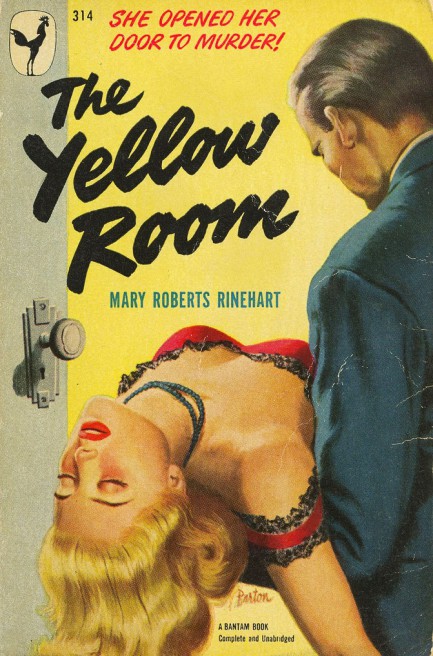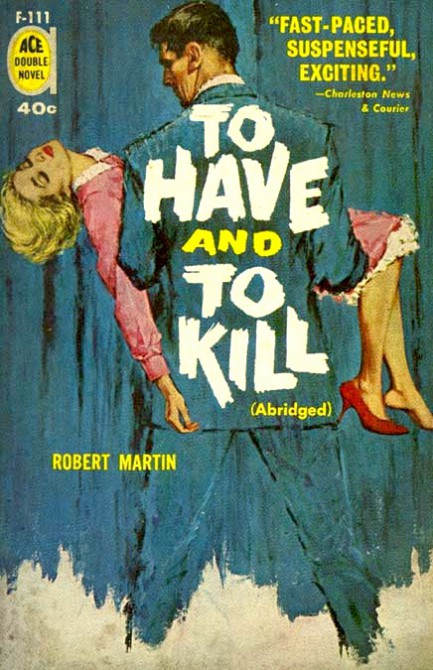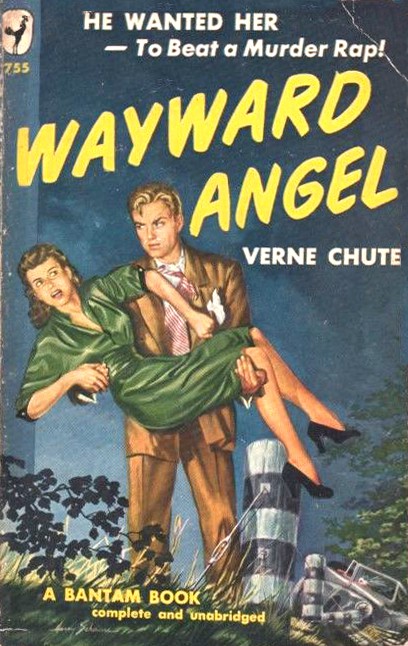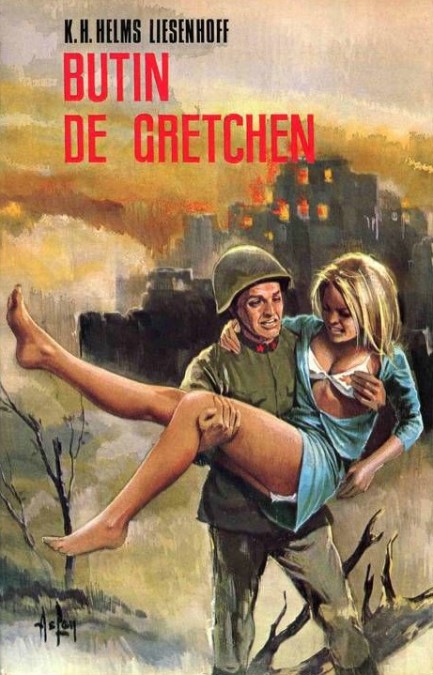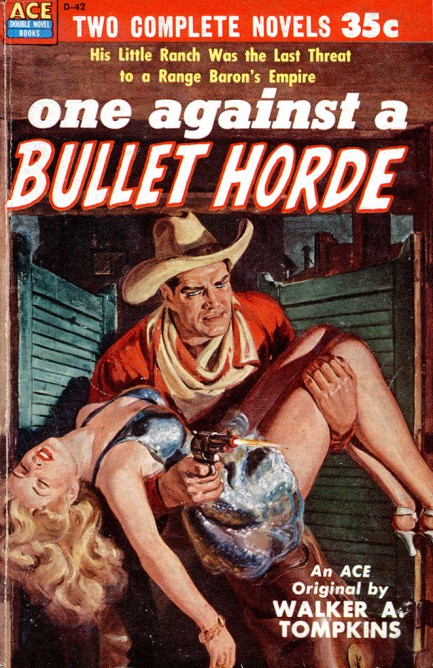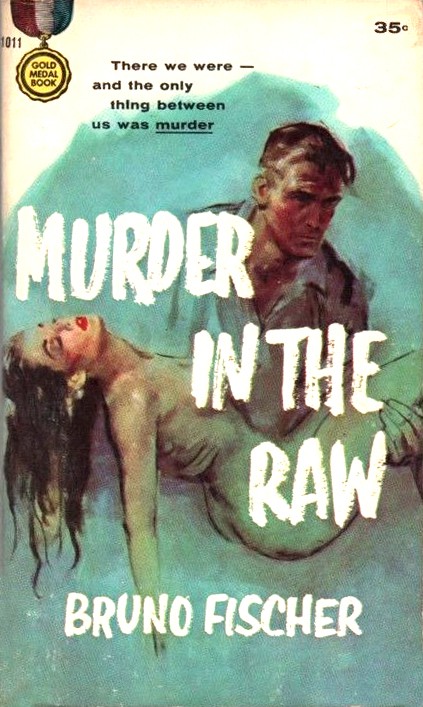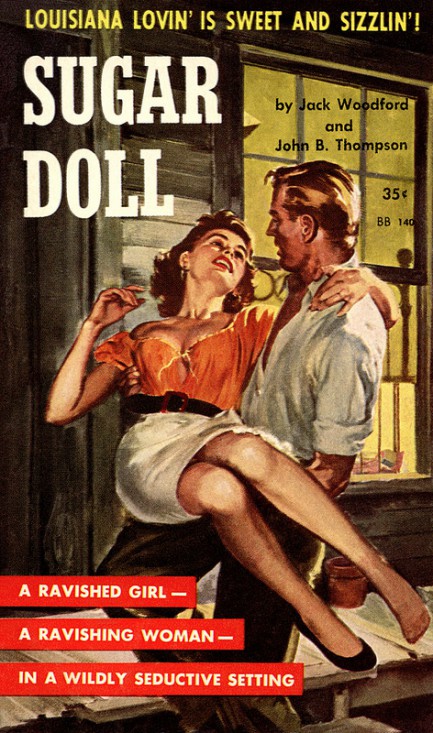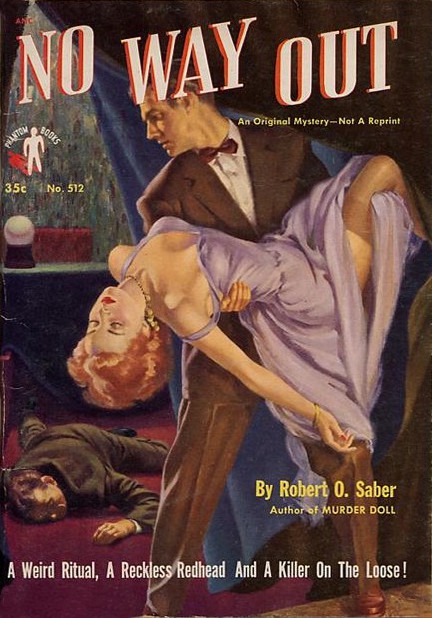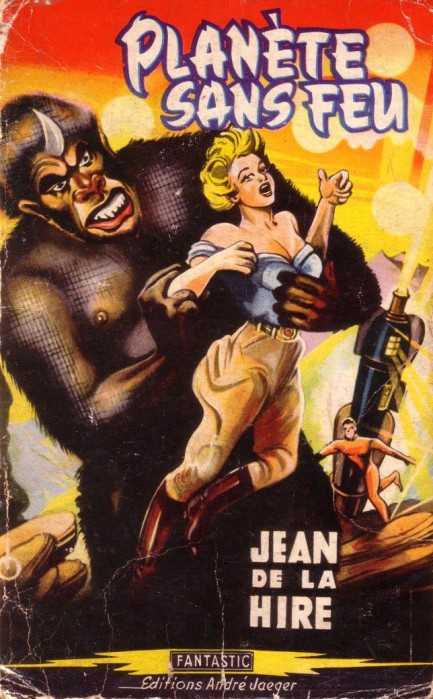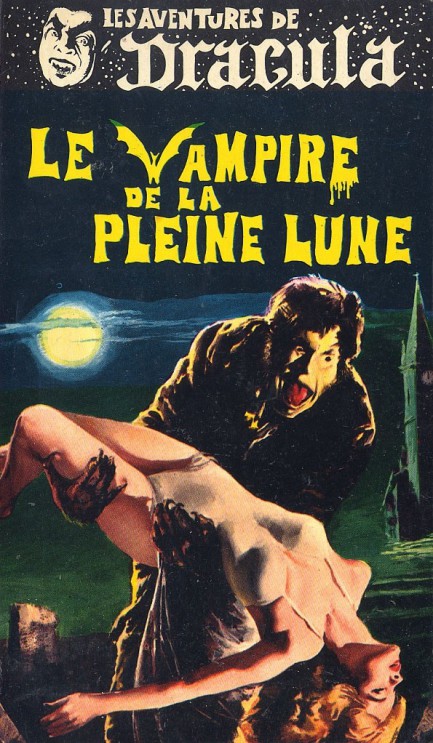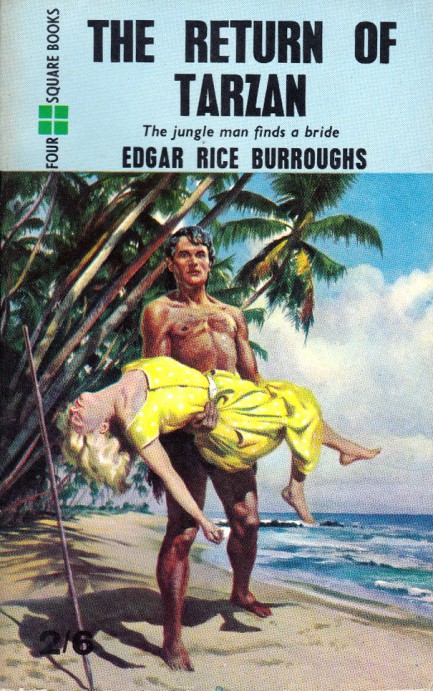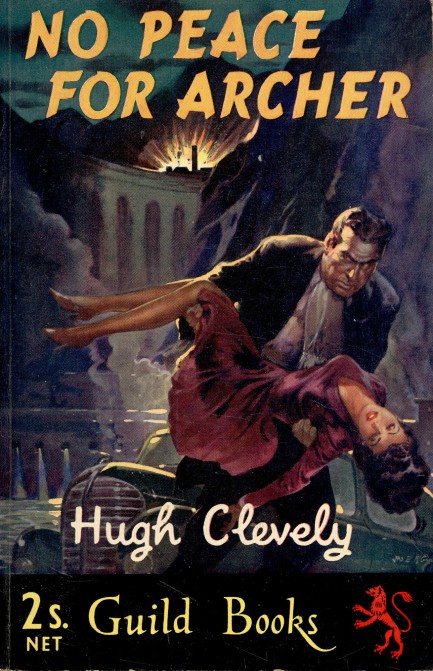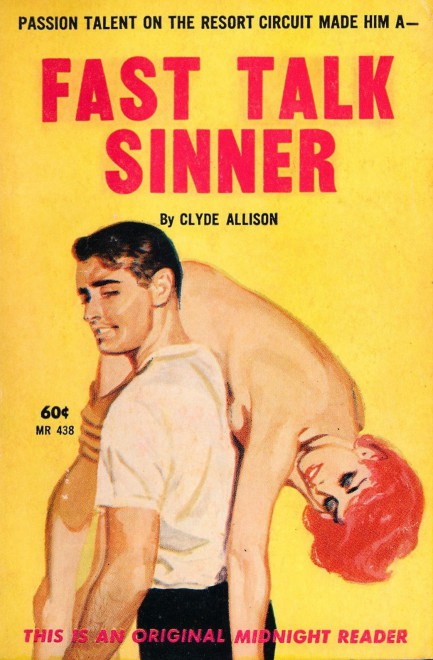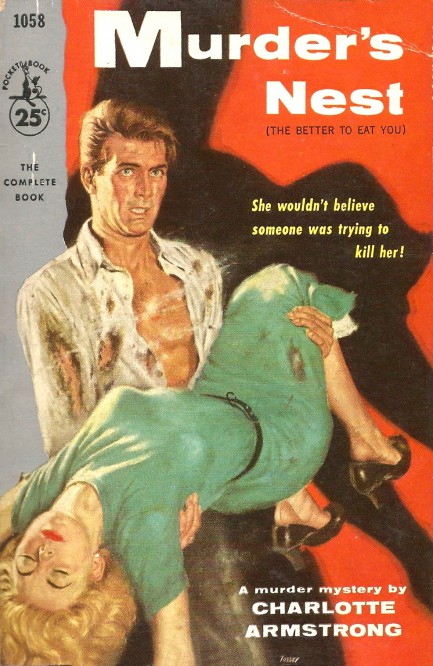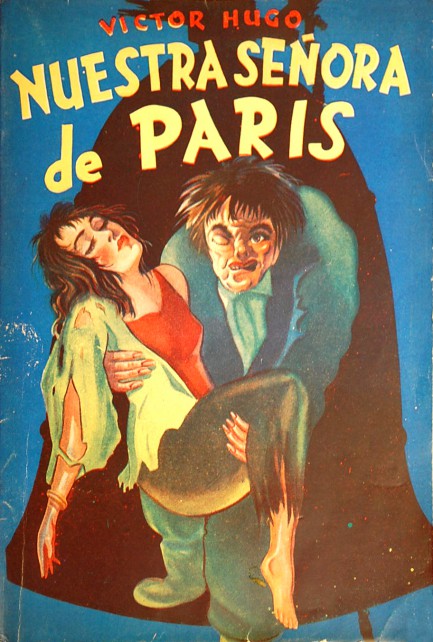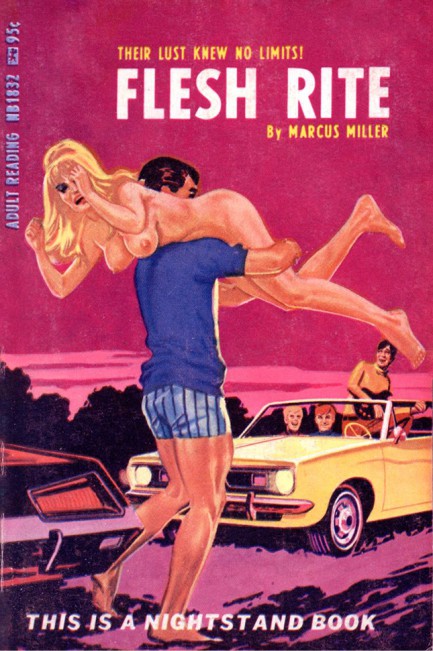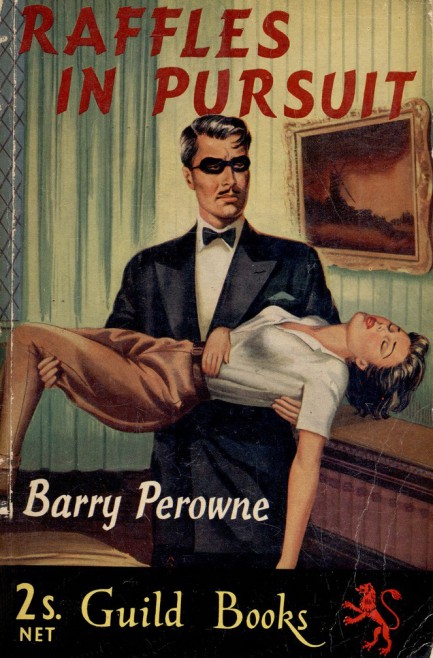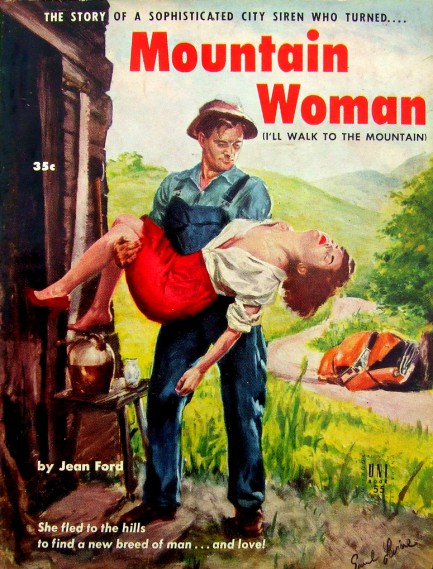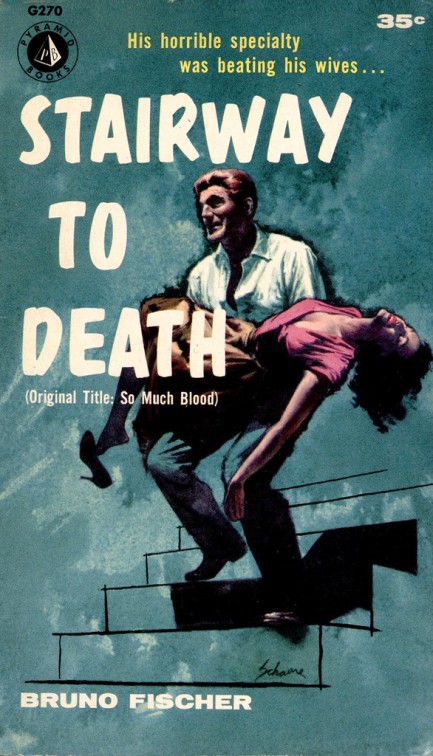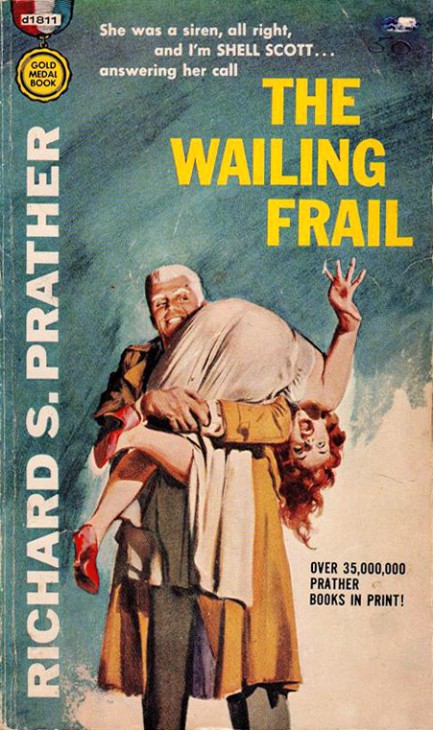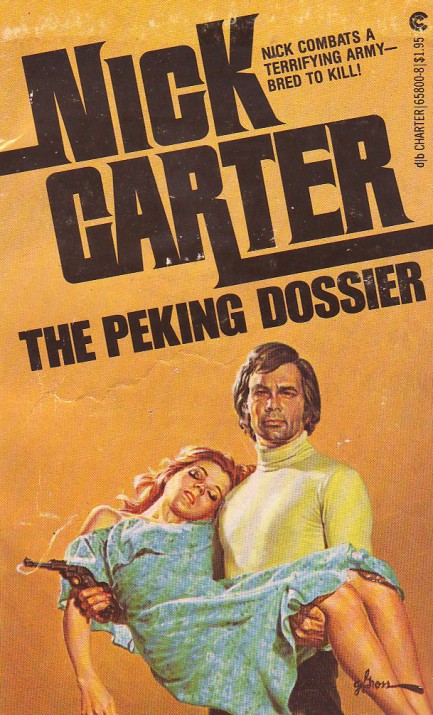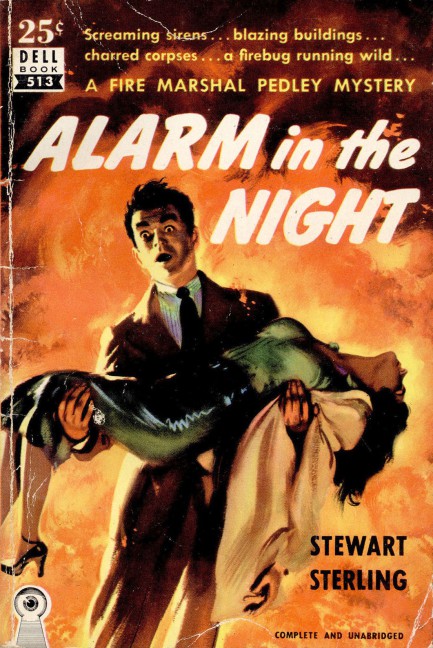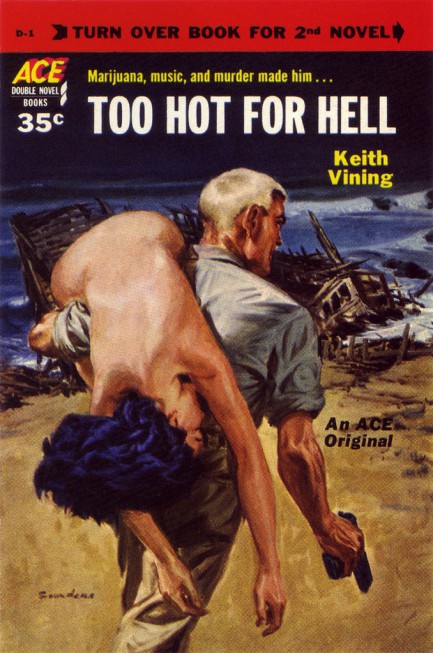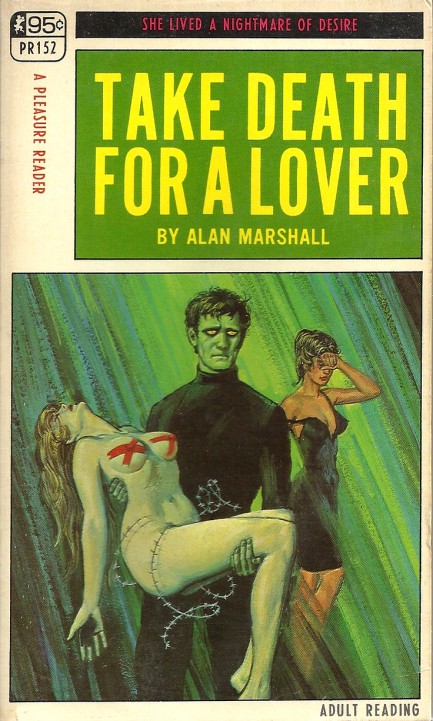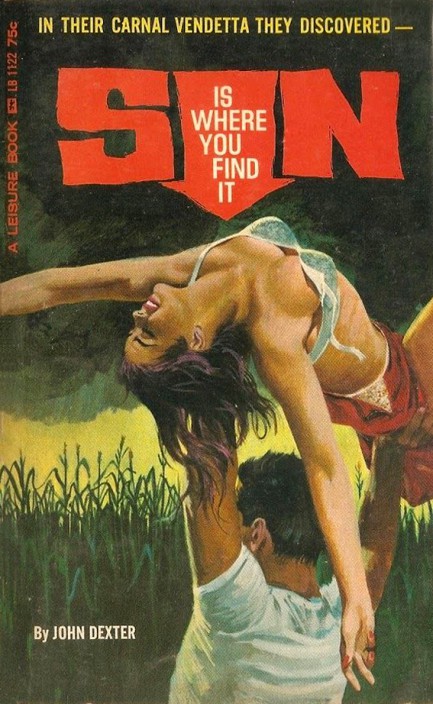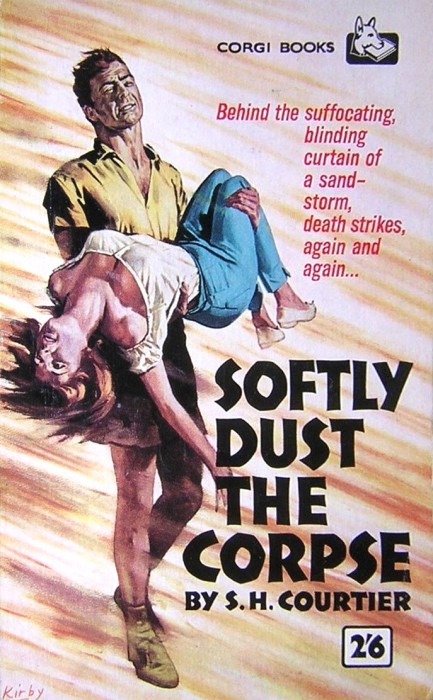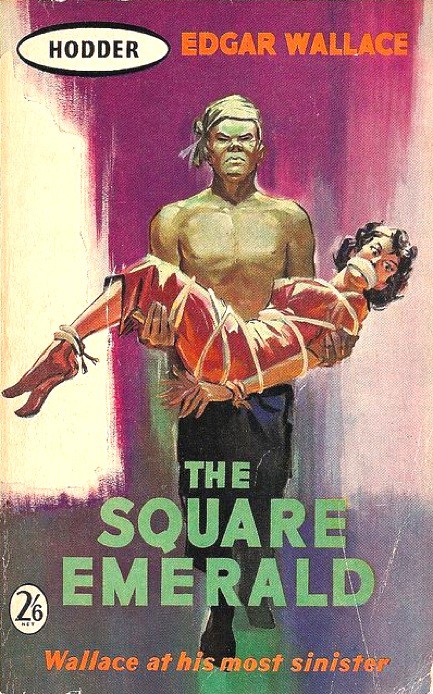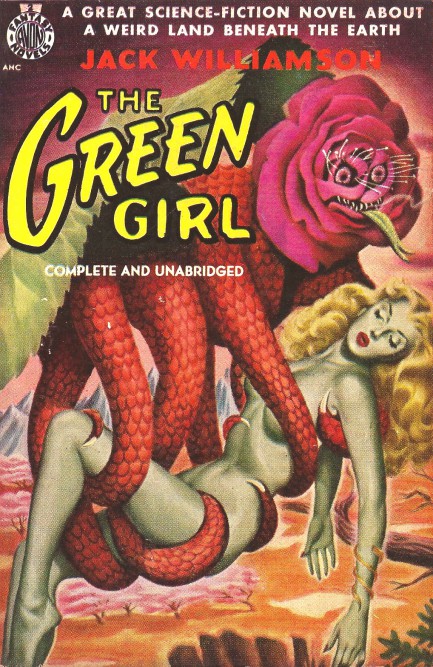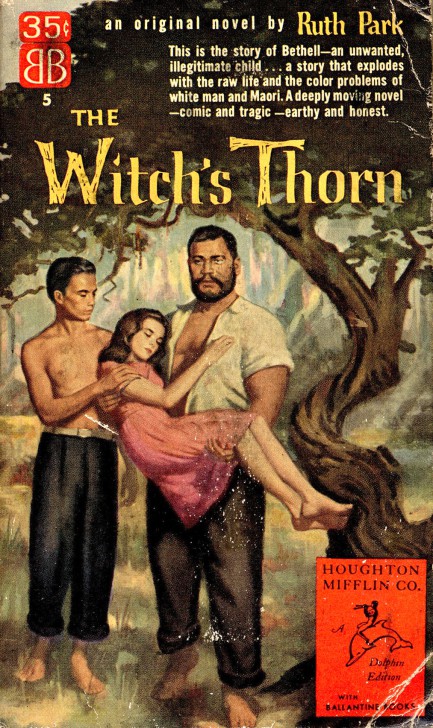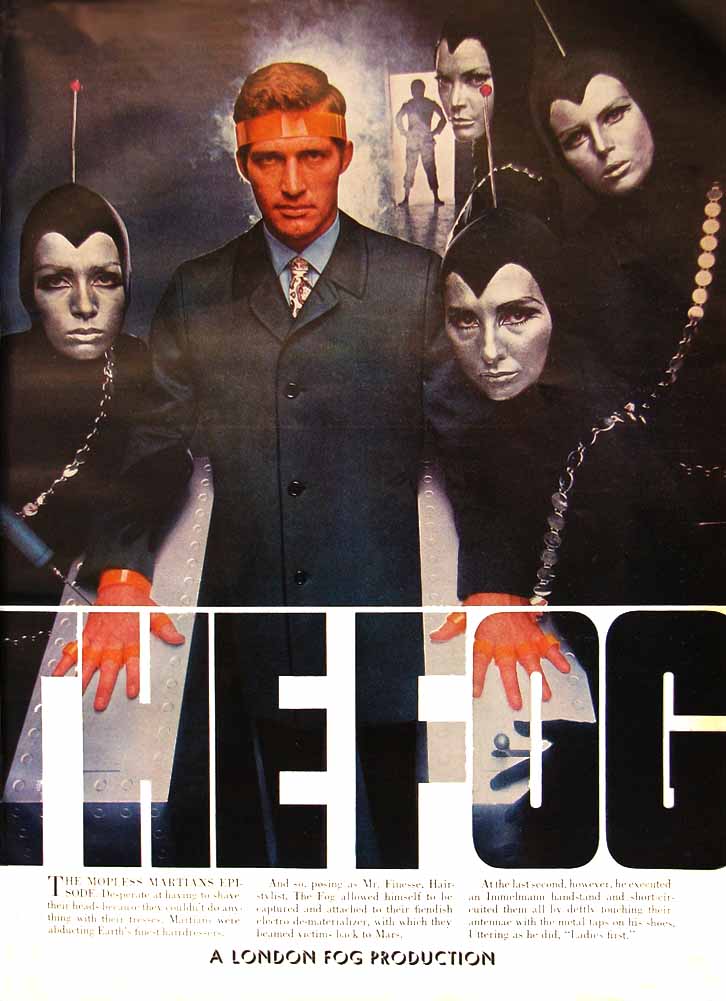 Monroe finds herself in a room with no space to maneuver. 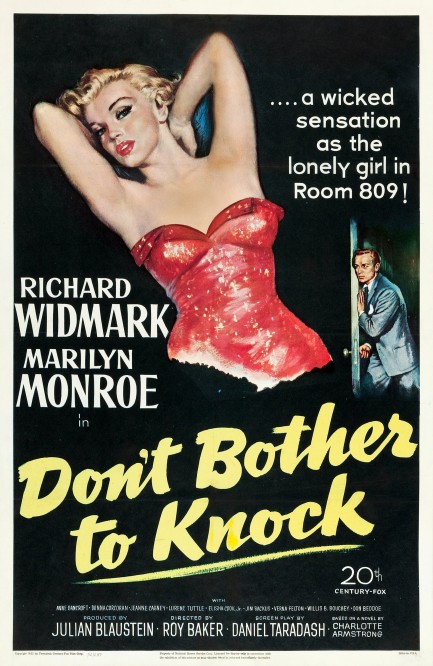
It says plenty about Don't Bother To Knock that we queued it up last night, popcorn and adult beverages in hand, having forgotten that we already watched it several years ago. That has less to do with the overall film than with Marilyn Monroe, but we'll get to that in a minute. The film was based on Charlotte Armstrong's Mischief, which was serialized in 1950 in Good Housekeeping magazine, and deals with a mentally disturbed babysitter watching over a child in a fancy New York City hotel suite. Along with Monroe it stars Richard Widmark and Anne Bancroft, with their three characters suffering respectively from derangement, detachment, and disillusionment—three ailments suggested to be caused or exacerbated by life in the big city. Widmark as a cynical single looking for easy action and Bancroft as a world weary torch singer working the hotel lounge don't have any problems a change in luck wouldn't solve, but the movie revolves around Monroe, who, thirteen credited roles into her career at this point, gets a chance to stretch her range as a nutty nanny in need of a lot more than just kind words to get back on the beam.
Monroe's performance in this heavy drama is tough to judge. To us it feels a bit flat, but contemporary reviewers generally liked it, and it's fair to say it helped her climb that last rung to the superstardom she'd reach a year later with Gentlemen Prefer Blondes. Watch that film and you'll see that, while Don't Bother To Knock asked her to stretch, it did so by requiring that she suppress her natural charisma. That's no easy trick for an actor, let alone someone as incandescent as her, and that, in short, is probably why we forgot we'd already watched the movie. Monroe was so big in her other performances that this flick went down the memory hole. Her iconic movies feel as if they could only have starred her. This one feels like it could have starred anyone. Monroe just isn't Monroe in it. But that probably means her performance is a success. Watching it afresh, we can tell you it's certainly a must for Marilyn fans, and will probably work for vintage film fans of all types. But those unschooled in the oldies might walk away from this effort thinking, Meh, I don't get all the Monroe fuss. But the fuss was appropriate and deserved. Don't Bother To Knock—not a film noir as labeled on many sites, by the way—premiered today in 1953. 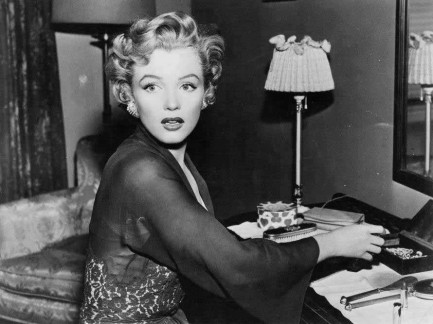 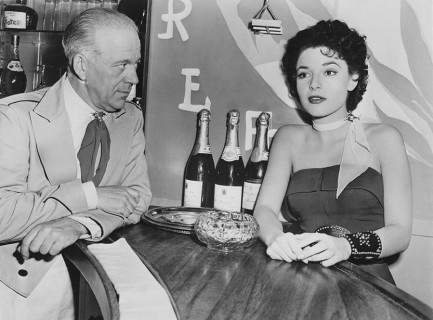 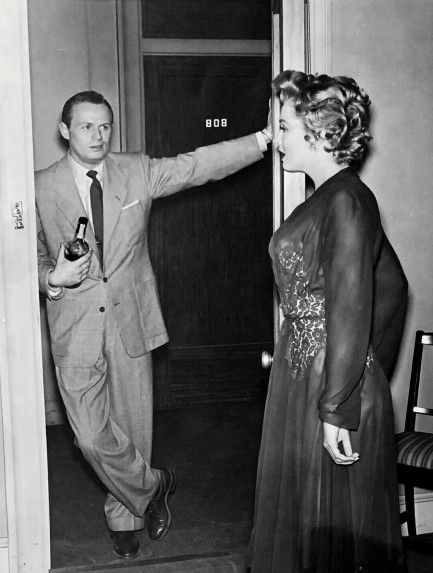 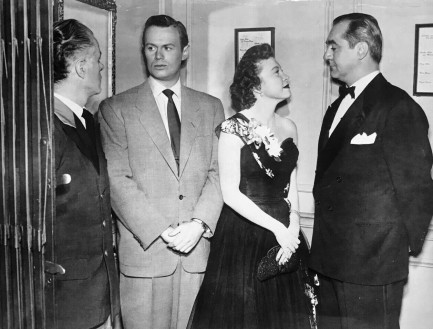 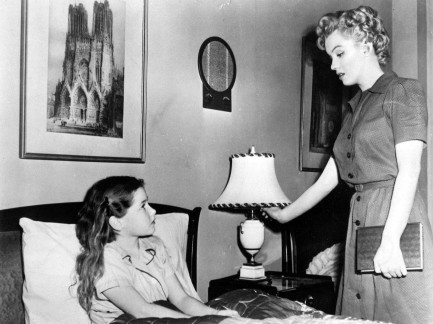 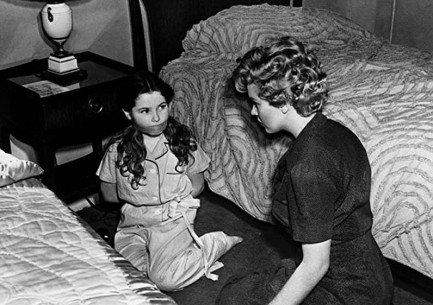 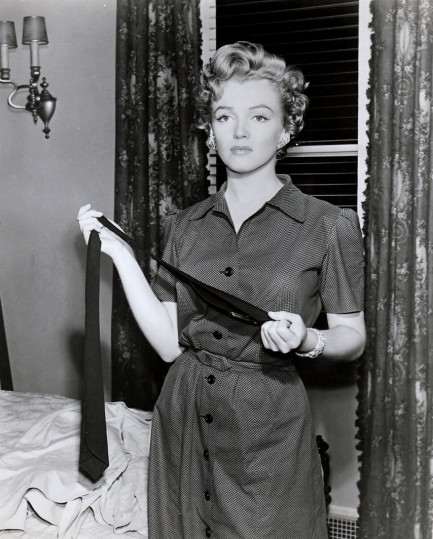  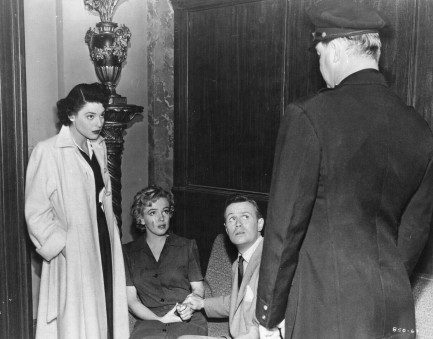 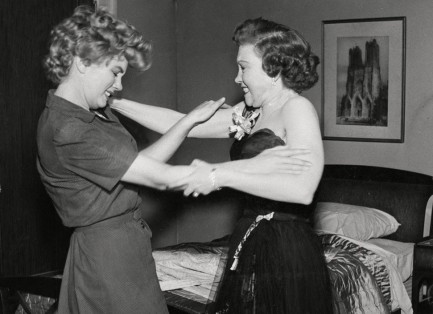 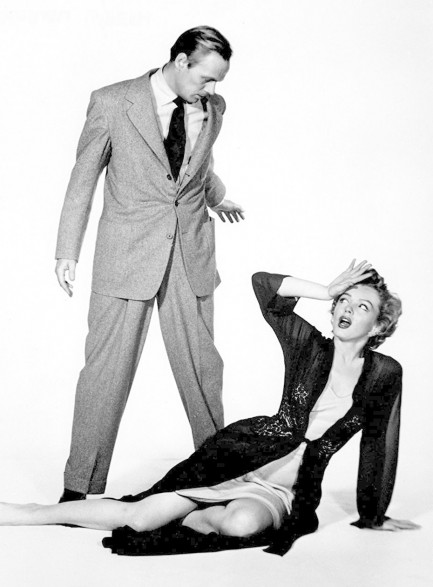 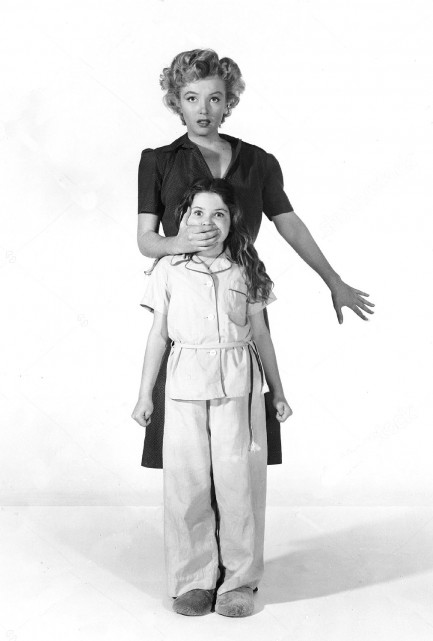
 It's always the person you least suspect. 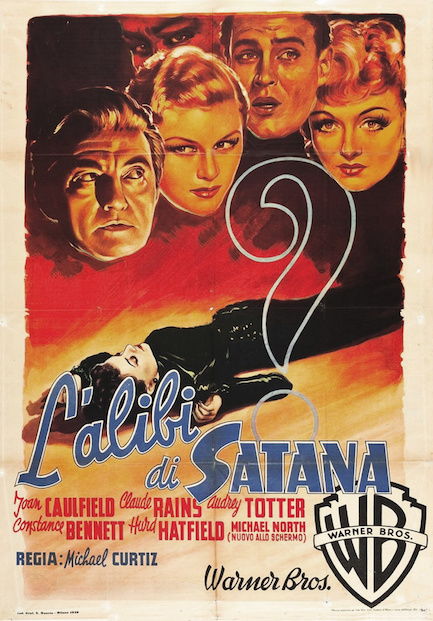 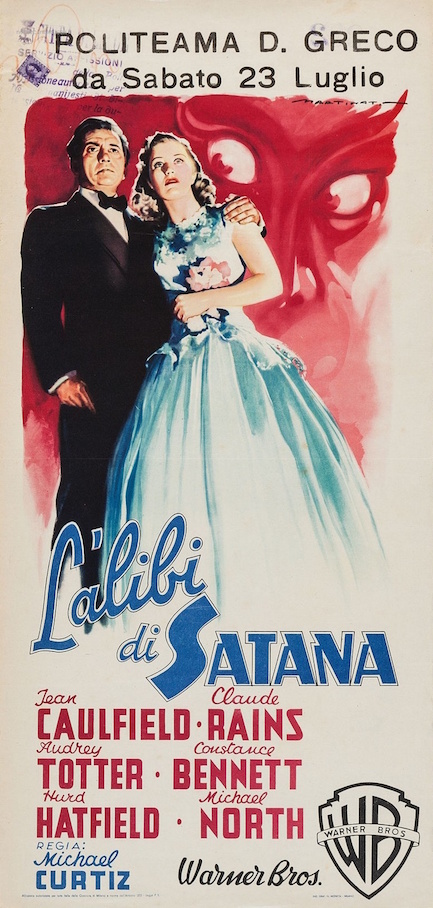
Above are a couple of beautiful Italian posters for L'alibi di Satana, better known as The Unsuspected. The set-up of this is too complicated to explain in the short form we use here on Pulp intl., but basically it's a murder mystery dealing with family jealousy, thwarted romances, inherited money, and amnesia. Despite the complexity of the script, which is derived from a Charlotte Armstrong novel, thanks to the title you can guess who the killer is by ignoring all the clues and simply picking the person with the best alibi. We know—that's a spoiler. But we bet 95% of you would have nailed it within twenty minutes anyway. The Unsuspected is still an interesting flick, though. The main attraction is Claude Rains, always great no matter the circumstances, and he's accompanied by Joan Caulfield, Audrey Totter, Constance Bennett, and others. It premiered in the U.S. in 1947, and opened in Italy today in 1949. 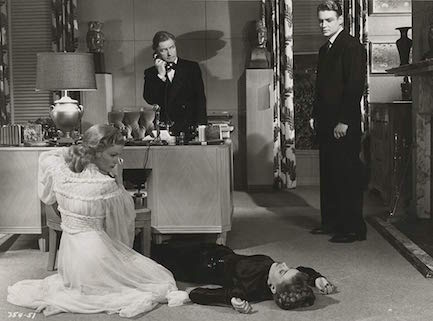 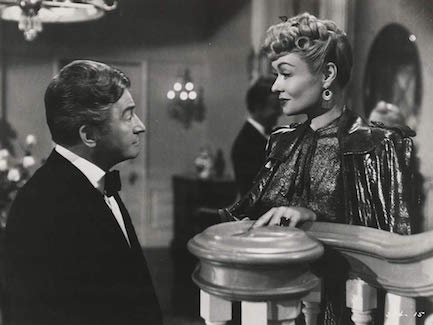 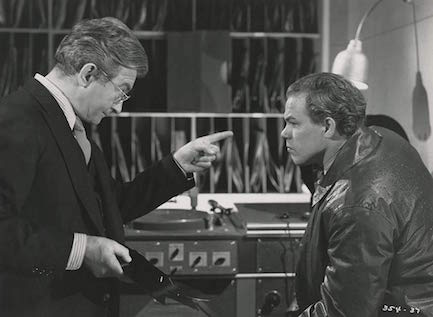 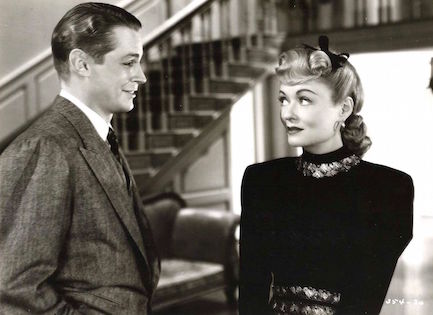 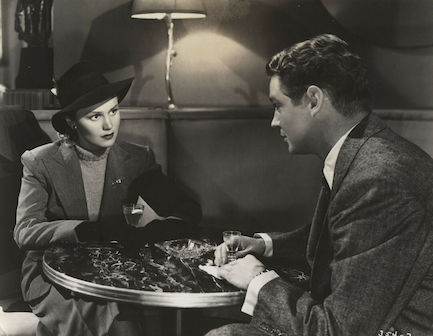 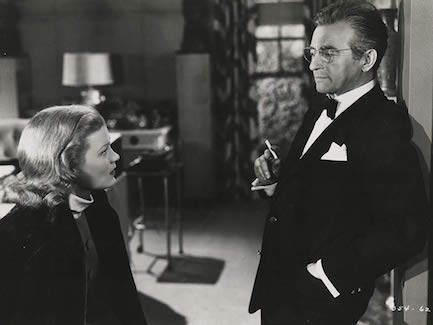
 For better or worse, in sickness and health, women in pulp don’t have a heck of a lot of choice about it. Pulp is a place where the men are decisive and the women are as light as feathers. We’ve gotten together a collection of paperback covers featuring women being spirited away to places unknown, usually unconscious, by men and things that are less than men. You have art from Harry Schaare, Saul Levine, Harry Barton, Alain Gourdon, aka Aslan, and others.
 Pull the blinds and turn out the lights. 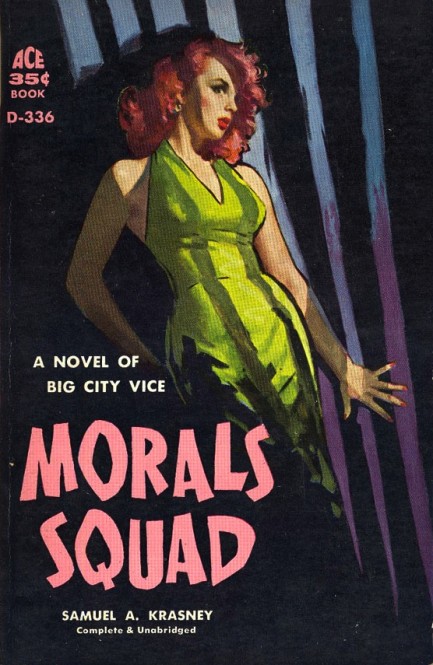
We’ve explored several cover motifs in pulp art, and another we’ve grown to appreciate is the use of venetian blind shadows or silhouettes. Always a dramatic addition to a cover, we could probably compile fifty of these, at least, but here are twenty examples. The artists—Emilio Freix, Robert Maguire, James Hodges, and others—use them to greater and lesser degrees, and opt for both literal and stylized renderings. For instance, the above cover from Maguire shows vertical shadows, but the sense of venetian blinds remains. As always, thanks to all the original uploaders.
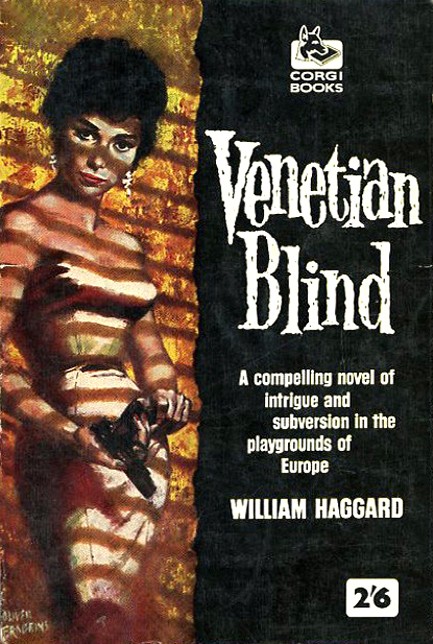 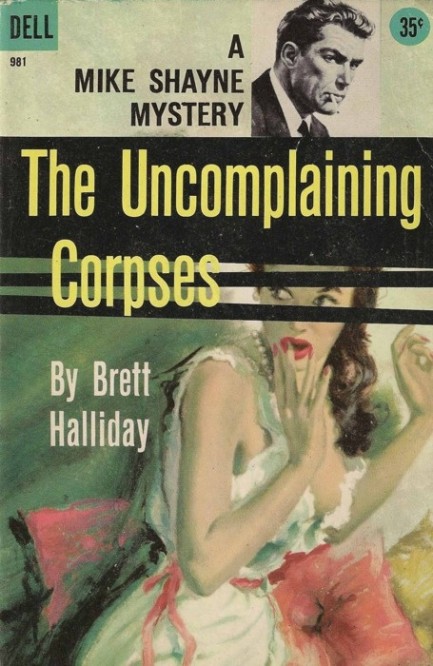 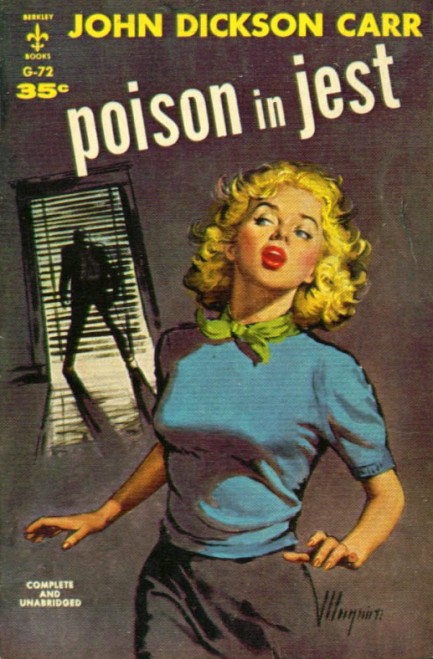 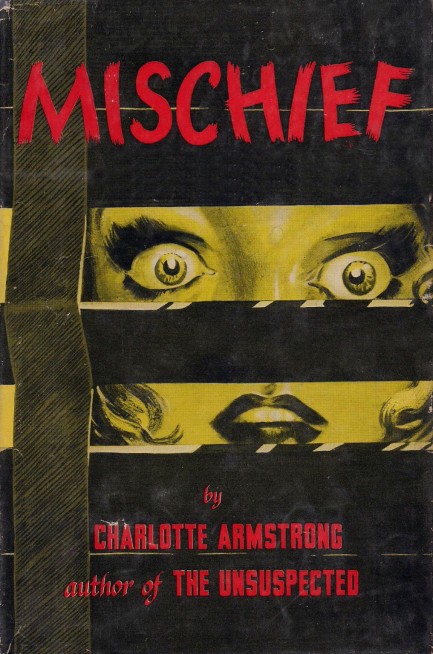 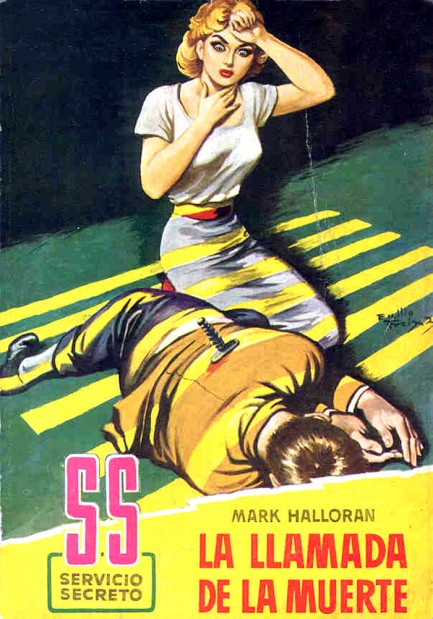 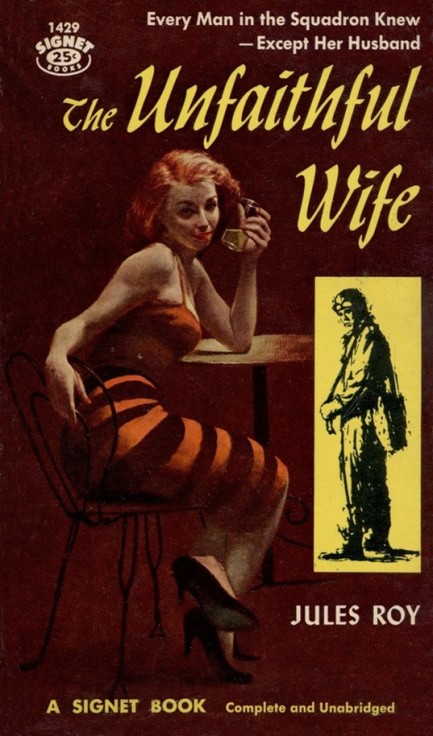 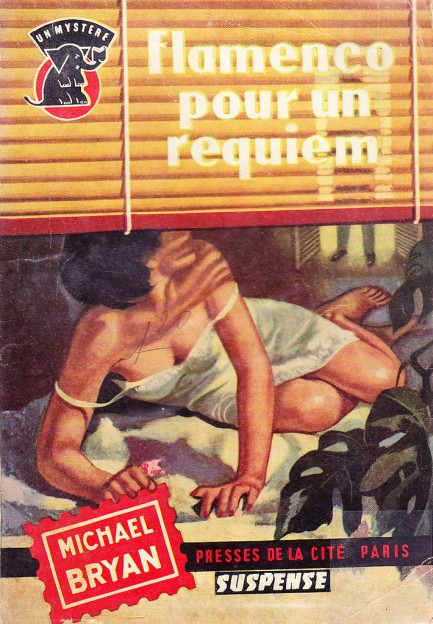 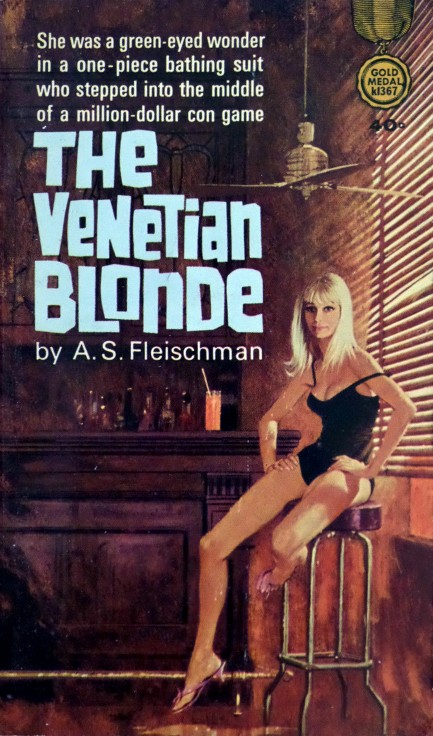 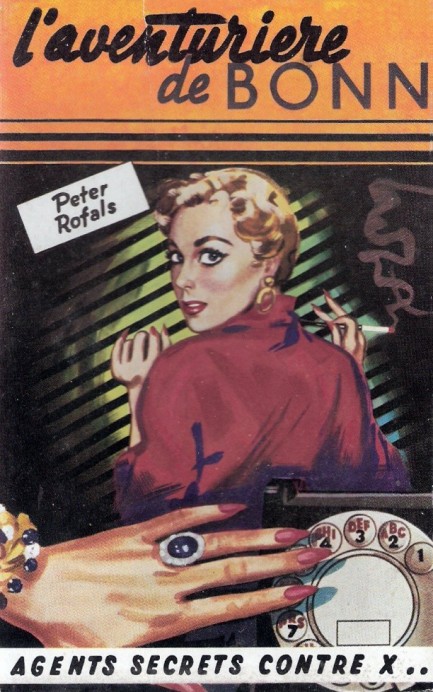 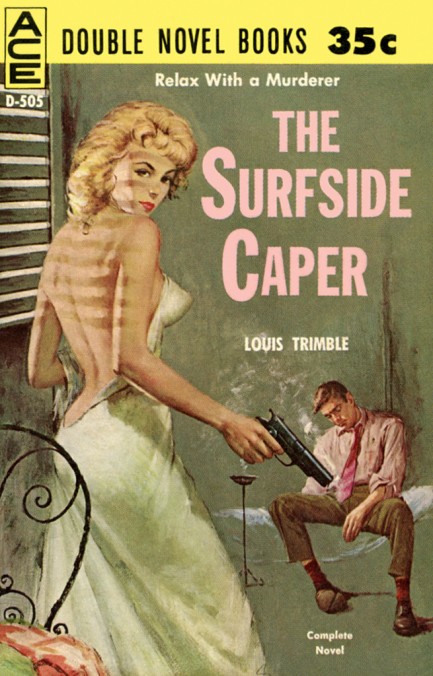 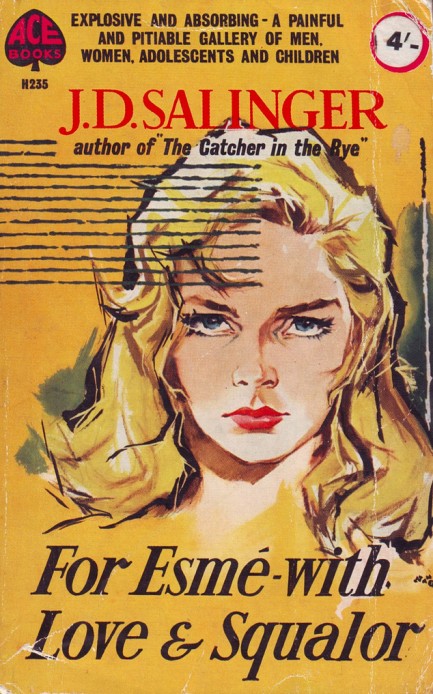 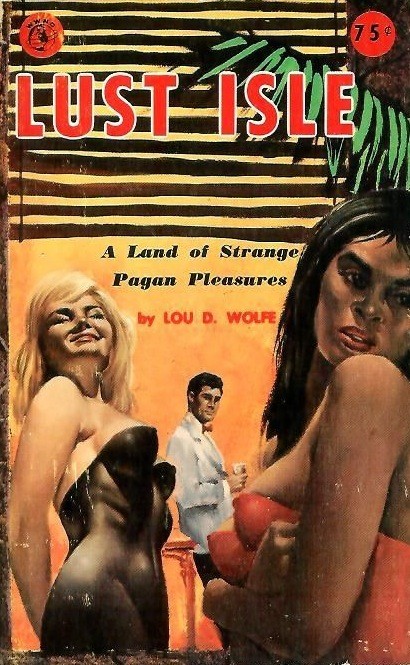 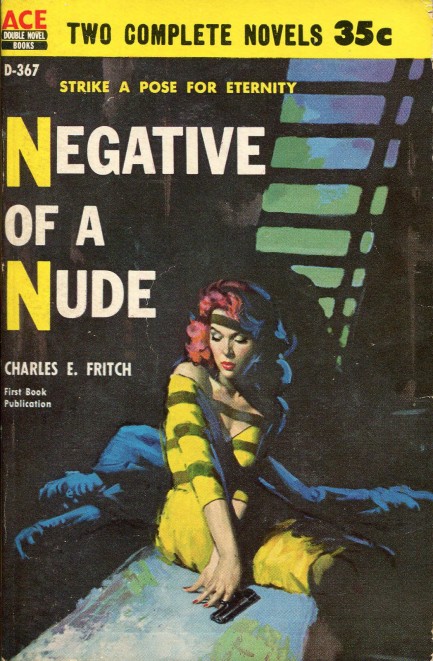 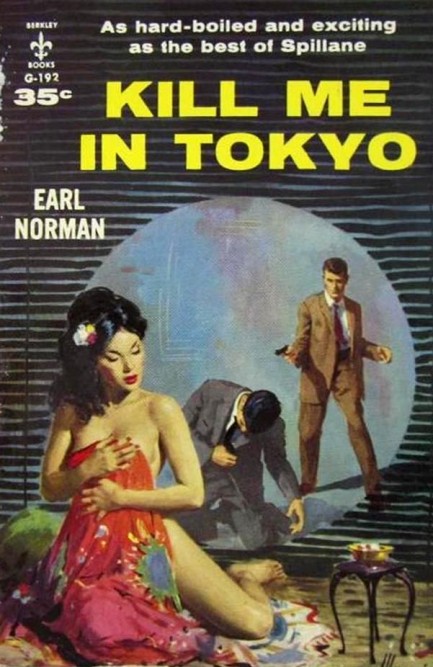 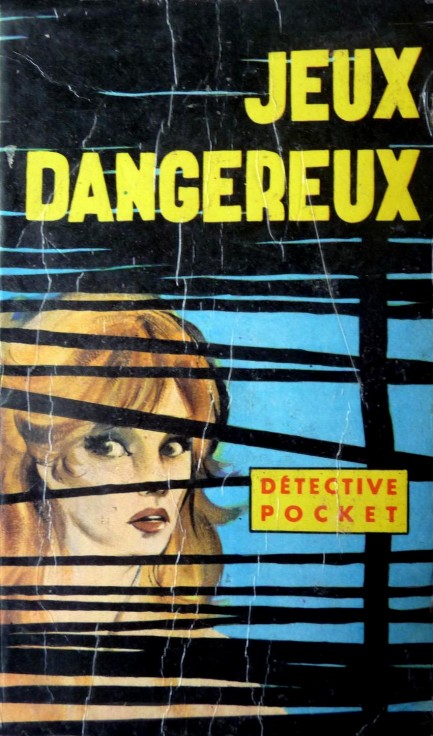  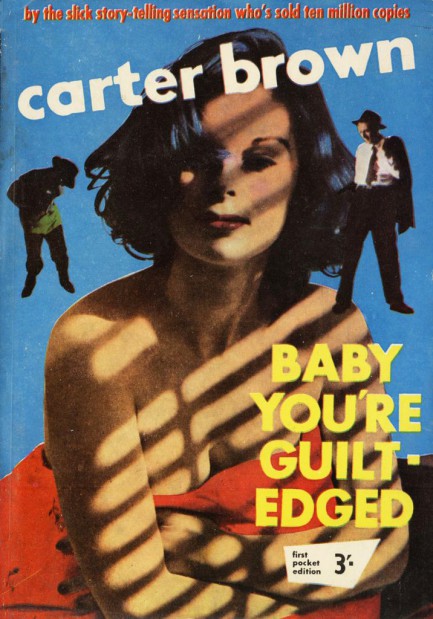 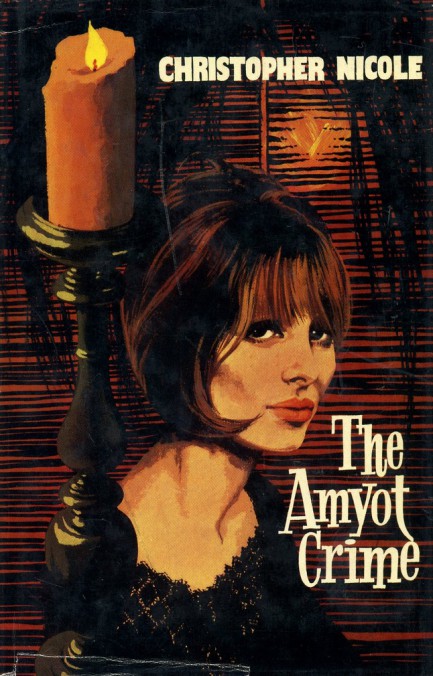 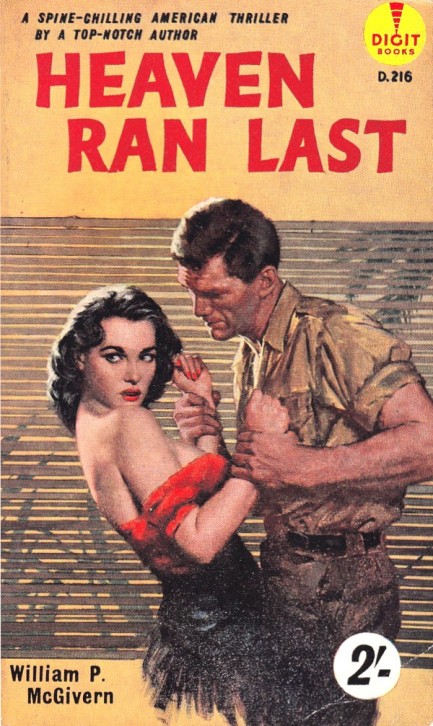
 Put down that knife right this instant buster or you’re seriously grounded. 
This great dust cover is by Barbara Walton, one of the best illustrators ever to take up a brush. She did most of her work in the sixties, seventies, and eighties, and was quite prolific along with her equally talented sister, so we’ll be sure to get back to her a bit later. Charlotte Armstrong was an award winning mystery writer, the author of twenty-nine novels, and this one has a Shakespearean set-up as a young man decides that his father was murdered by his new stepfather. He has little evidence save for a cryptic note and a general belief that his mother should not have remarried as quickly as she did, so rather than go to the cops he plots his own brand of revenge. Problem is, he might be wrong in his basic assumption. The above hardback appeared in 1964 for the book’s British run, and the Ace paperback edition below is from a year earlier in 1963.
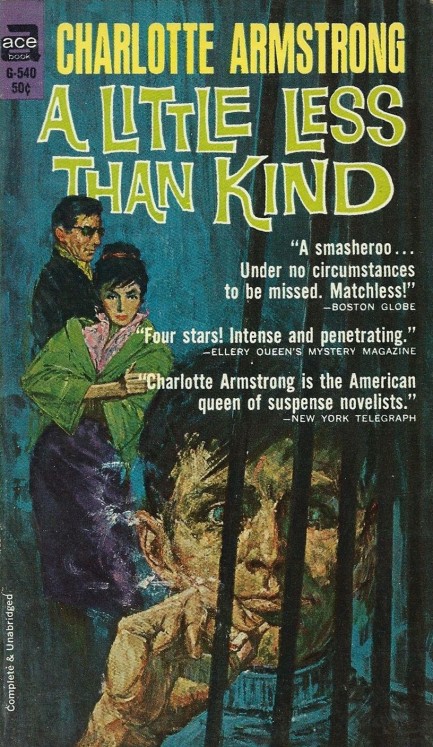
 Nowhere to run, nowhere to hide. 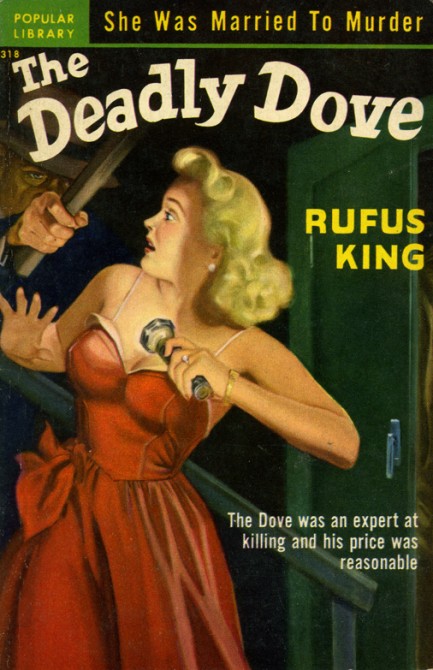
Above is the cover of Rufus King's 1945 mystery The Deadly Dove, which isn't a particularly notable book, except that it demonstrates one of the time-honored motifs in pulp cover art—the woman fighting for her life. We've cobbled together a small collection of such covers, with art by Robert Hilbert, Robert Stanley, and others.
We're curious, but unfortunately have no way of knowing, how readers reacted to these depictions when they first hit newsstands. There are probably some examinations of that question out there somewhere, but not in a place where we can find them. To our contemporary eyes, though, some of these images seem brutal to the extent that if someone actually saw us holding one in a store, we'd be like, "Oh this? Not mine. No, no, no. Found this uh, on the floor and was just, er, putting it back on the shelf. No, I was actually buying this copy of Genital Warts and U."
Okay, maybe that's a bit of an overstatement. You get the point, though. But violent or not, there's no denying the artistry on display on these covers. Thanks to various Flickr groups for some of these, by the way. In other news, that long delayed internet installation is so close we can almost taste it. How much you wanna bet it all fails spectacularly?
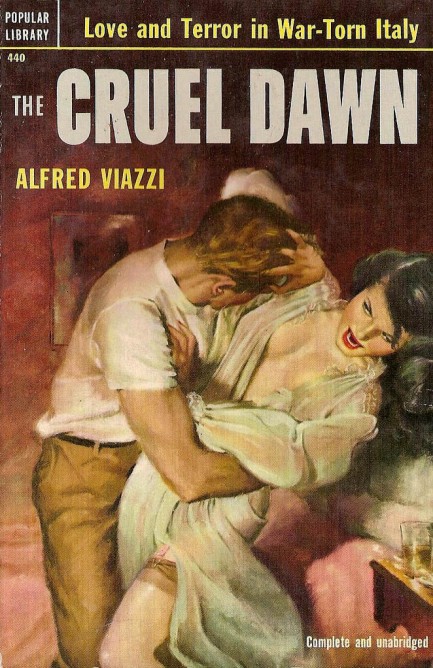 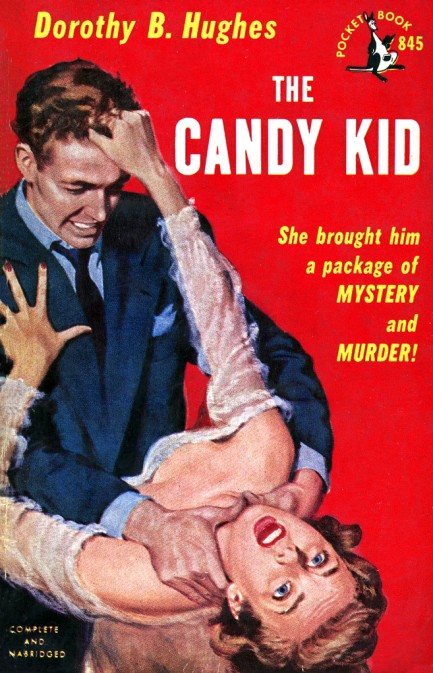 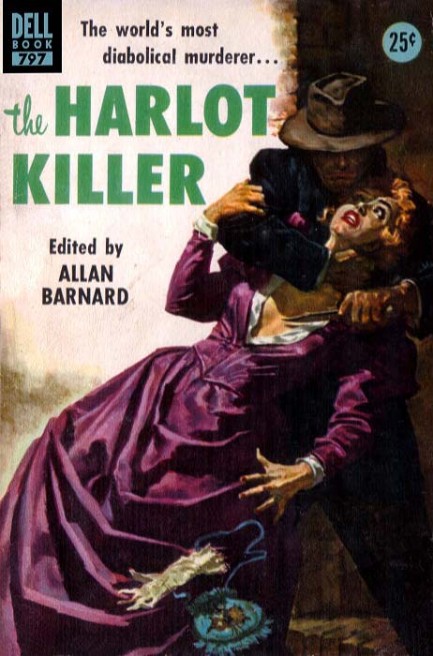 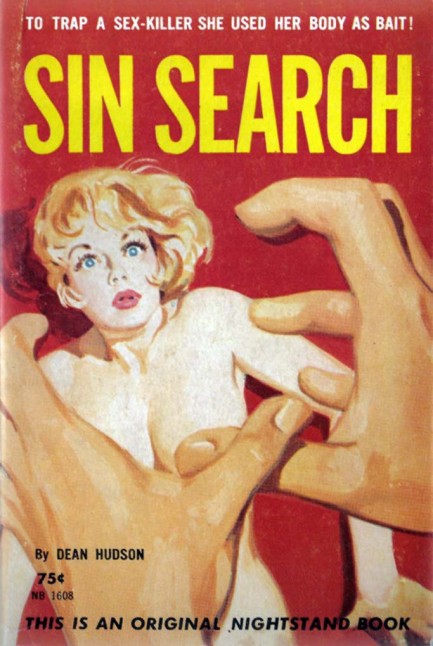 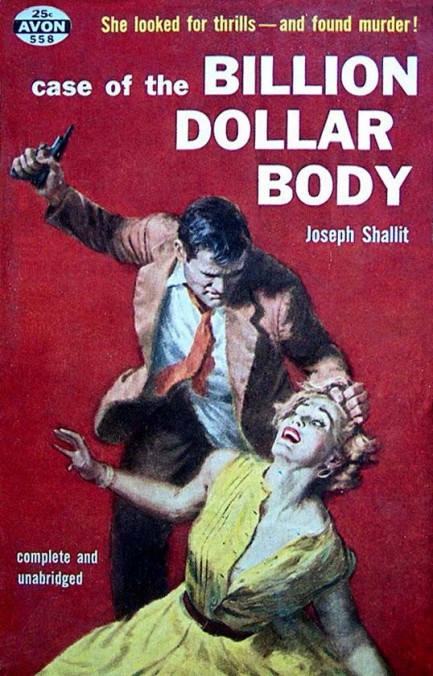 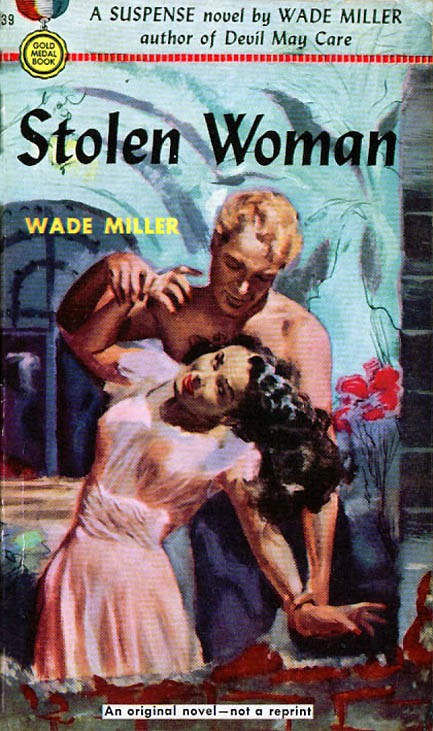 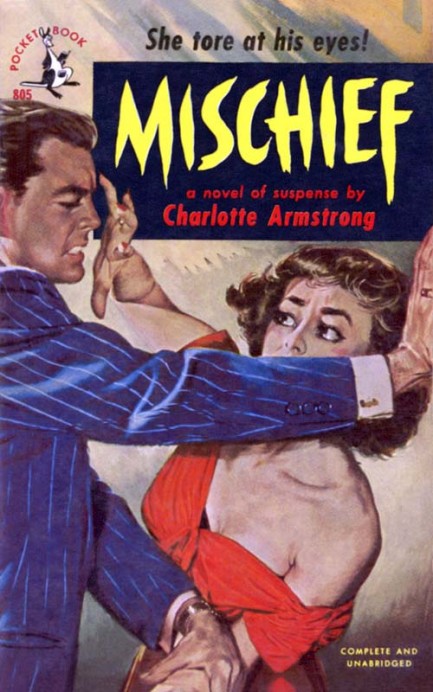 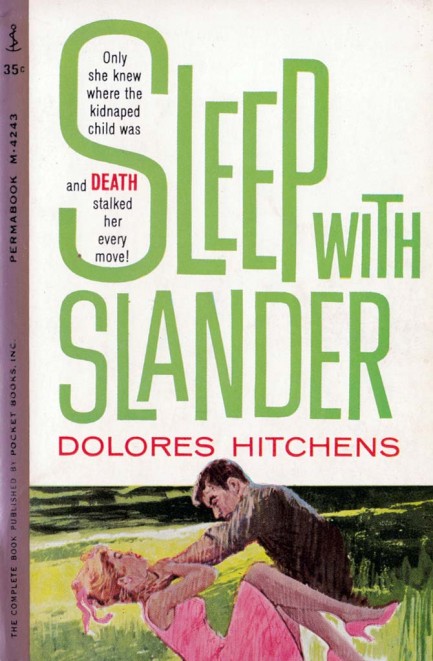  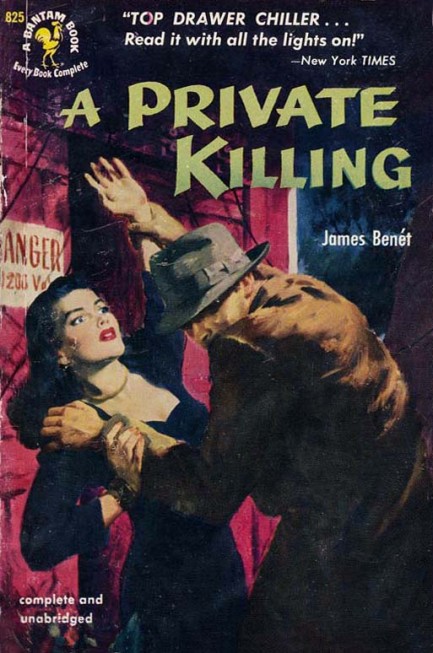 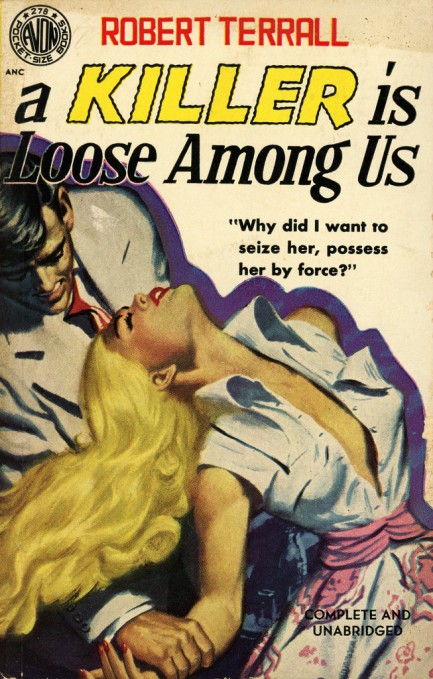
|
 |

The headlines that mattered yesteryear.
2003—Hope Dies
Film legend Bob Hope dies of pneumonia two months after celebrating his 100th birthday. 1945—Churchill Given the Sack
In spite of admiring Winston Churchill as a great wartime leader, Britons elect
Clement Attlee the nation's new prime minister in a sweeping victory for the Labour Party over the Conservatives. 1952—Evita Peron Dies
Eva Duarte de Peron, aka Evita, wife of the president of the Argentine Republic, dies from cancer at age 33. Evita had brought the working classes into a position of political power never witnessed before, but was hated by the nation's powerful military class. She is lain to rest in Milan, Italy in a secret grave under a nun's name, but is eventually returned to Argentina for reburial beside her husband in 1974. 1943—Mussolini Calls It Quits
Italian dictator Benito Mussolini steps down as head of the armed forces and the government. It soon becomes clear that Il Duce did not relinquish power voluntarily, but was forced to resign after former Fascist colleagues turned against him. He is later installed by Germany as leader of the Italian Social Republic in the north of the country, but is killed by partisans in 1945.
|

|
|

It's easy. We have an uploader that makes it a snap. Use it to submit your art, text, header, and subhead. Your post can be funny, serious, or anything in between, as long as it's vintage pulp. You'll get a byline and experience the fleeting pride of free authorship. We'll edit your post for typos, but the rest is up to you. Click here to give us your best shot.

|
|
























